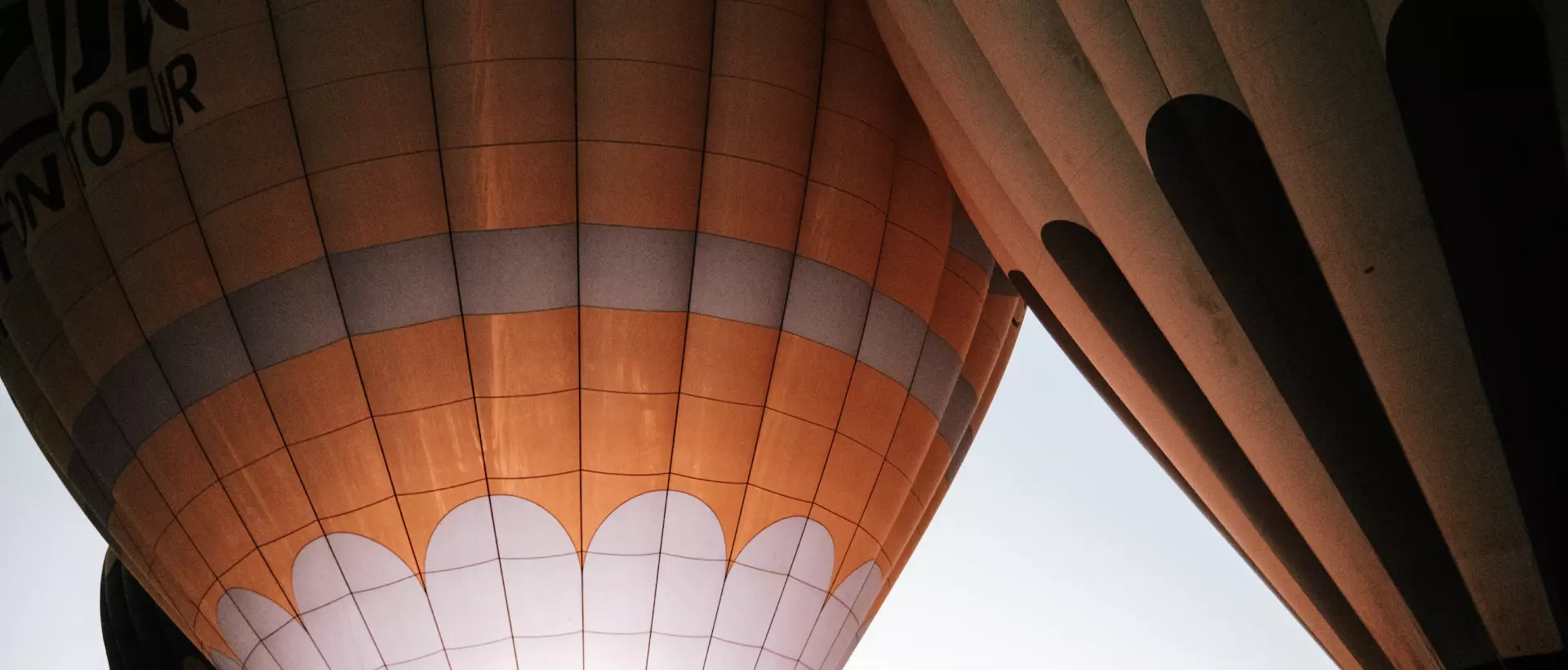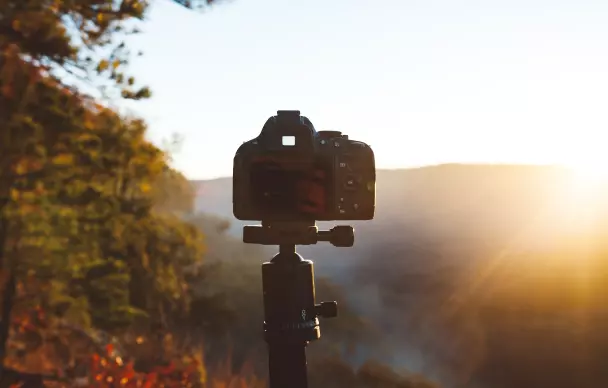Discover the Beauty in the Details
Macro photography opens up a hidden universe by magnifying everyday subjects. Whether it's a drop of water, the veins in a leaf, or the eye of an insect, this art form captures breathtaking details that often go unnoticed. It invites viewers to slow down and appreciate the intricate beauty of the natural world around them.
It has survived not only five centuries, but also the leap into electronic typesetting, remaining essentially unchanged. It was popularised in the 1960s with the release of Letraset sheets containing Lorem Ipsum passages, and more recently with desktop publishing software like Aldus PageMaker including versions of Lorem Ipsum.
Gear That Makes a Difference
Choosing the right gear is essential for macro success. A dedicated macro lens on a DSLR or mirrorless camera offers outstanding clarity and magnification. However, smartphone users can also achieve great results with external macro attachments. Don’t forget other essentials like a ring light, a sturdy tripod, and a remote shutter to ensure sharp and well-lit images.


Macro photography invites us to slow down and truly look, revealing extraordinary complexity, color, and texture hidden within everyday subjects; it reminds us that even the smallest scene, when viewed through the right lens, can become an awe‑inspiring universe of visual wonder for patient explorers.
Light is Everything in Macro Photography
Lighting plays a critical role in macro photography and can significantly influence the mood, clarity, and quality of your final image. Natural daylight—especially soft morning or late afternoon light—often works wonders by enhancing natural colors and fine surface details without creating harsh highlights. However, in many cases, especially when shooting indoors or in shaded environments, additional light sources become essential.
Tips to Improve Your Macro Shots
Even small changes can lead to big improvements in your macro photos.
- Use a tripod for sharp and stable close-ups
- Focus manually for better precision on tiny details
- Shoot in natural light for best texture and color
- Get close, but know your lens’s focus limits
Latest Posts
Exploring Cultural Diversity Through Travel Photography
Mon, May 29, 2023, 11:22:58 UTC
The Art of Portrait Photography: Capturing Souls in Frames
Mon, May 29, 2023, 11:21:27 UTC




